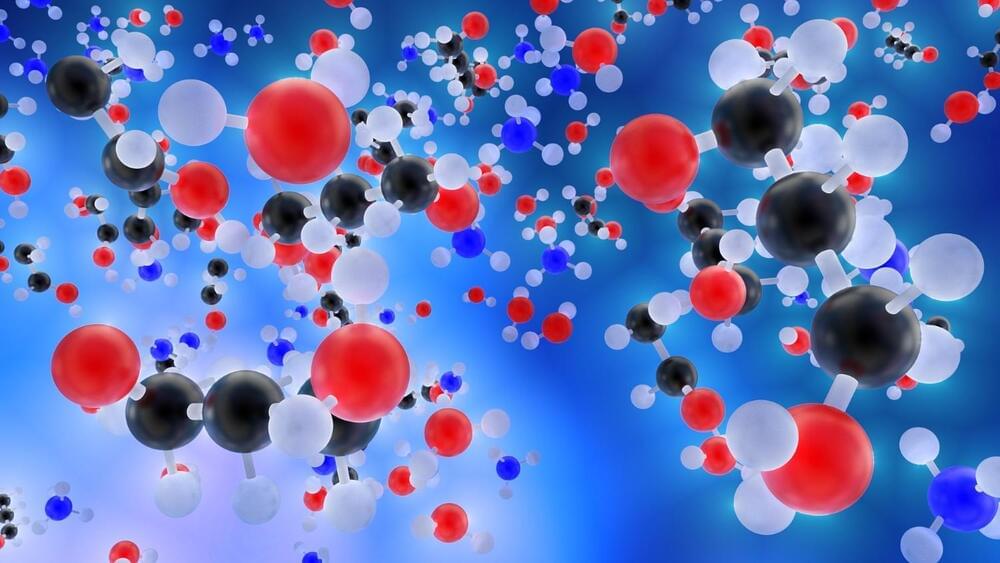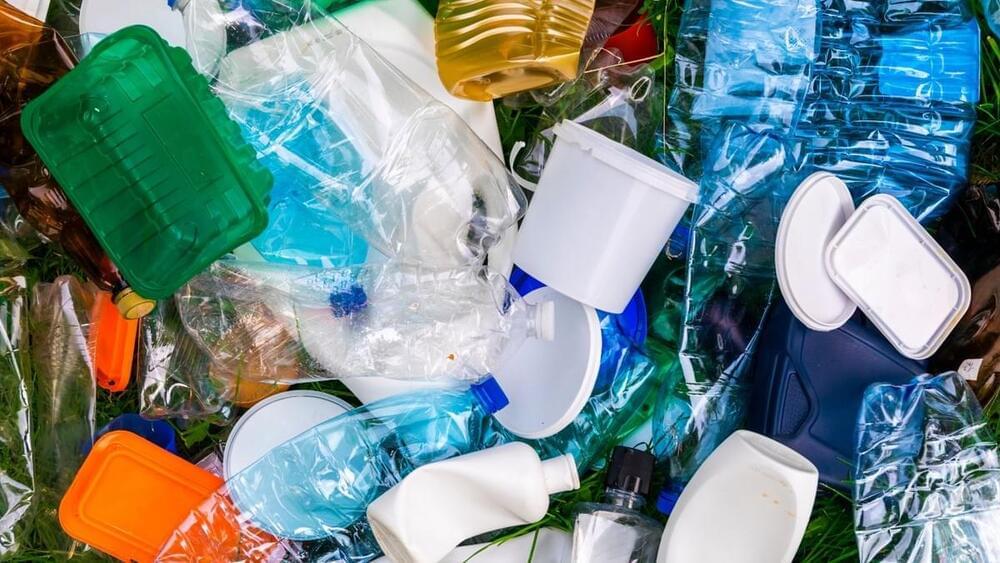Sep 3, 2022
Aluminum-gallium powder bubbles hydrogen out of dirty water
Posted by Shubham Ghosh Roy in categories: chemistry, energy, nanotechnology
“We don’t need any energy input, and it bubbles hydrogen like crazy. I’ve never seen anything like it,” said UCSC Professor Scott Oliver, describing a new aluminum-gallium nanoparticle powder that generates H2 when placed in water – even seawater.
Aluminum by itself rapidly oxidizes in water, stripping the O out of H2O and releasing hydrogen as a byproduct. This is a short-lived reaction though, because in most cases the metal quickly attains a microscopically thin coating of aluminum oxide that seals it off and puts an end to the fun.
But chemistry researchers at UC Santa Cruz say they’ve found a cost-effective way to keep the ball rolling. Gallium has long been known to remove the aluminum oxide coating and keep the aluminum in contact with water to continue the reaction, but previous research had found that aluminum-heavy combinations had a limited effect.


















